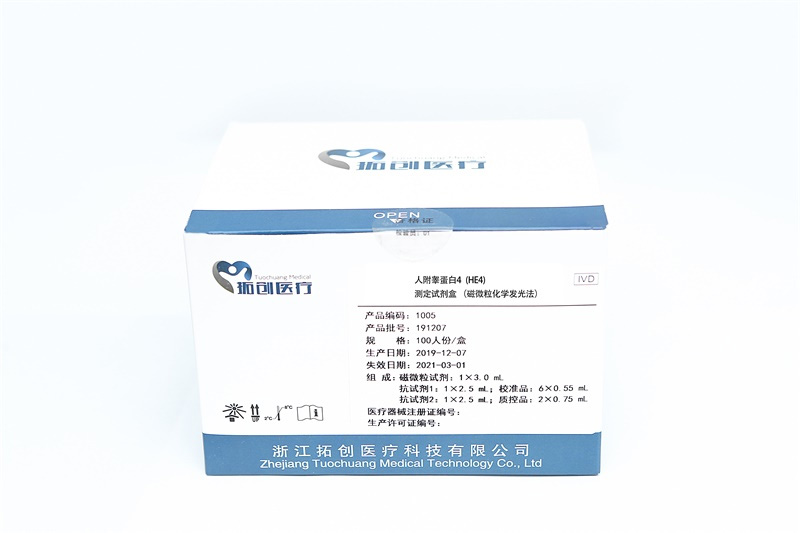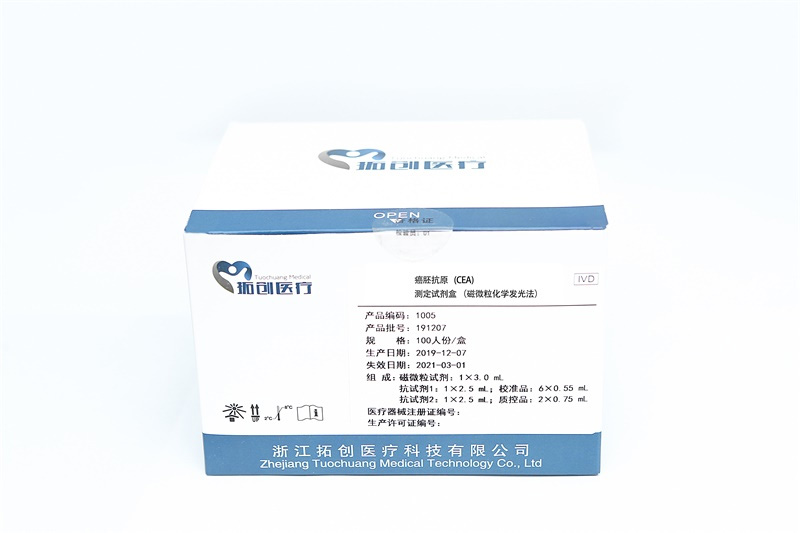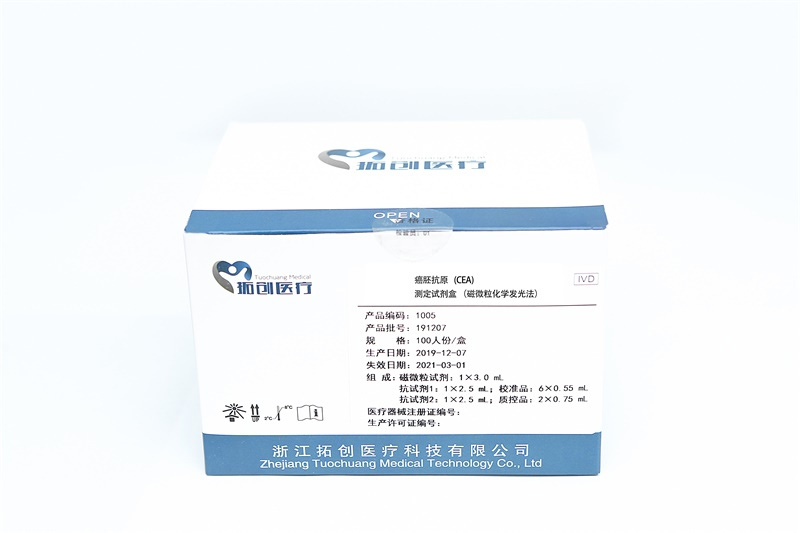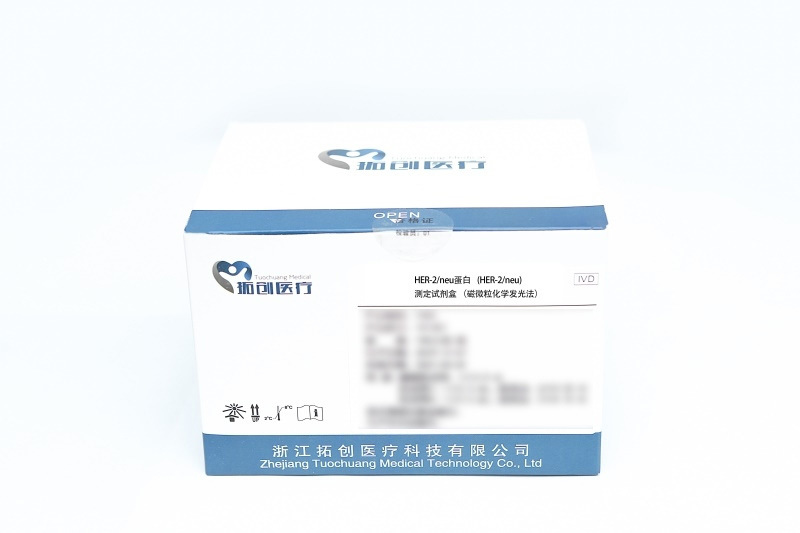Intended use of in-vitro diagnostic reagents
Publication Time:
2020-07-25 15:33
The intended use of in-vitro diagnostic reagents refers to the intended purpose, generally approved by the food and drug administration, with scientific basis and legality, such as "auxiliary diagnosis", "diagnosis", "early diagnosis", "screening", "treatment monitoring", "personalized medication" (companion diagnosis), etc. The instructions should also indicate whether it's a quantitative or qualitative test, and specify sample type requirements. The intended use must be consistent with the corresponding content in the product registration or filing documents and must not be arbitrarily exaggerated or changed. Customers should carefully check the intended use, precautions, etc., before purchasing and consult a physician or professional to determine the suitability of the product.

What are the special requirements for in-vitro diagnostic reagents used by customers themselves? For in-vitro diagnostic reagents used by individuals, clinical trials should include an evaluation of the understanding of the product instructions by customers without a medical background.
In-vitro diagnostic reagents have an expiration date. The expiration date of in-vitro diagnostic reagents refers to the expiration date achievable under specified storage conditions, clearly indicated on the product label; the product should be used within the expiration date.
Are all in-vitro diagnostic reagents liquid? In-vitro diagnostic reagents are primarily used for in-vitro testing of human samples, including reagents, reagent kits, calibrators, and quality control products. In-vitro diagnostic reagents are not all liquids; they also come in other forms, such as test strips.
The safety of in-vitro diagnostic reagents primarily lies in their use to diagnose whether a patient or examinee has a certain infectious agent or whether a certain bodily function is normal; therefore, the reagents themselves must be safe and non-infectious. To ensure that personnel are not infected by positive substances when using in-vitro diagnostic reagents, all materials containing infectious agents must be inactivated before use.
To ensure the safety of operators, the containers of the various components of the reagent kit should avoid the use of glass materials and use plastic products as much as possible. Also avoid using metal aluminum lids; use plastic materials instead. In chemical reagent components, avoid using strong acids and strong alkalis.
Contact Us
Adhering to the user-centric approach, while continuously improving service standards and capabilities, we will remain true to our original aspiration, strive for excellence, and wholeheartedly serve our customers!
Contact Number
Company Address
No. 1, Building 1, No. 78, Zhancheng Avenue, Taozhu Street, Zhuji City, Zhejiang Province

Scan to view on mobile phone
Copyright © 2025 Zhejiang Tuochuang Medical Technology Co., Ltd Powered by 300.cn



